Strawberry variety Tsarina and care for it
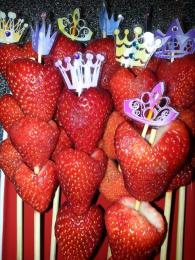
What could be a better “vitamin” table decoration, especially in the winter, than a large, red, juicy strawberry! Especially with such a “loud” name “Queen”. Getting a high yield is not particularly difficult; you just need to follow the advice of experts, which we have collected and summarized in the text below.
Content:
- General information. Breeding history
- Growth characteristics. Product indicators
- Growing. Pests
- Soil requirements. Watering. Landing
General information. Breeding history
This one is medium-term in maturity table variety large-fruited. Bred in Russia. In the first order, it gains weight up to 50 grams, with a maximum of 60 grams. It is a source of legitimate pride for its author, breeder Svetlana Dmitrievna Aitzhanova. An experienced specialist in her field of practical knowledge, she obtained it by crossing the Venta and Regontlit varieties. The result was a strawberry variety that can easily withstand the harsh Russian winter, as well as the hottest and driest summer periods, which usually occur in June and July.
Growth characteristics. Product indicators
Queen - strawberry, which has an average height, is characterized by a semi-spreading bush of medium foliage. It is not distinguished by a large number of flowers, and those that decorate the plant are located either below or at the level where there are leaves. Yellow achenes do not sink deeply into the soil. The length of the peduncle is average, the inflorescence is compact.Cone-shaped, the berries are wide at the base. This variety is distinguished by dense, pleasant, sourish-sweet pulp.
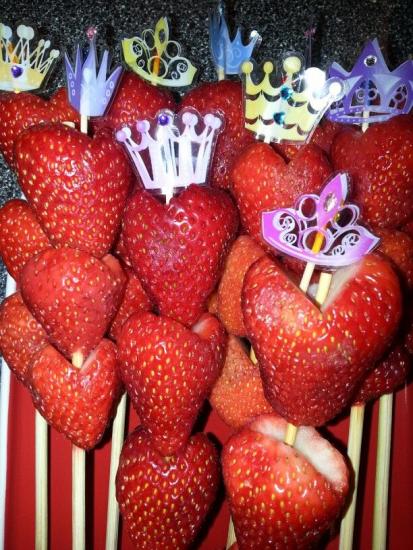
Beautiful, smooth and shiny berries are characterized by excellent transportability, which contributes to high sales efficiency. This factor is very successfully complemented by the fact that in their market format the berries are one-dimensional, their purpose can be safely called universal.
The queen remains active in plants for a long time; it is not afraid of the autumn rot that is common to other plants; almost until the end of the warm season, its leaves, which do not have any spots on them, retain a bright green color.
Growing. Pests
Tsarina has excellent characteristics for cultivation in various regions, and is famous for its above-average winter hardiness, high heat resistance and drought resistance.
In its own way excellent yield (it reaches 15 centners per hectare and above) Tsarina is superior to many other varieties of strawberries. The ripening period of berries is average. It demonstrates excellent resistance to almost all types of so-called “fungal” diseases, as well as mites.
It is recommended to add manure humus and peat to the soil, a bucket for each square meter. Plus sawdust. Fertilizing with mineral fertilizers.
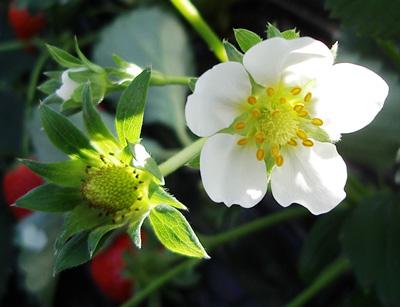
Before starting the active phase of cultivation, it is necessary to carefully prepare the ground. The queen, like the vast majority of all other representatives of this beautiful type of berry, is generally unpretentious to growing conditions. But she feels great when warmth and care are shown to her, certainly responding to such obvious signs of attention with excellent harvests and an excellent market format for her melt-in-the-mouth berries.
That is why, before planting plants in the soil, you need to make sure that there are no various pests here, which are potential larvae of the cockchafer and wireworm for the tender shoots of the Queen. It is necessary to take into account that proximity to the border of forest land increases the likelihood of these parasites penetrating into the soil of a personal plot.
The best way to get rid of unwanted “guests” is to add ammonia water or plant alkaloid lupine. But the most effective way, of course, is to study the relevant recommendations.
Eg, strawberry transparent mite should not be allowed into the area, because by damaging the young shoots, it causes them to acquire a yellowish-oily tint and curl. Rainy weather is favorable for the reproduction of this parasite. Spray your plot with karbofos solution.
Soil requirements. Watering. Features of growth
Groundwater should be no higher than one meter. Strawberries grow best in light, sandy, slightly acidic soil.
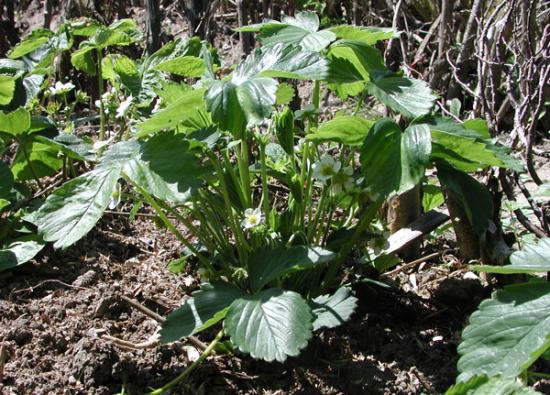
For better ripening, use drip irrigation systemWith regular morning watering you will achieve excellent growth and maturation. However, be careful not to overdo it: excess moisture will attract pathogens. Stop at the “golden” middle. When flowering and fruiting are in progress, moisture on the plant is contraindicated.
Planting according to the scheme 15-20 centimeters. Leave three rosettes on the bush. The mother bush will support up to five shoots, resulting in 15 rosettes.
In the absence of snow cover, it is frost-resistant down to -15 degrees, and in its presence - from -25 to -40 degrees.
Thus, without the use of specific knowledge, having hard work and a focus on getting results, you are quite capable of growing a wonderful crop that can diversify your “vitamin” table in the winter months.

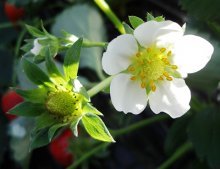
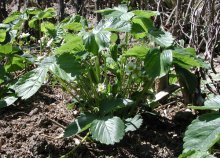
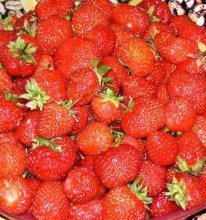
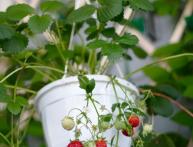
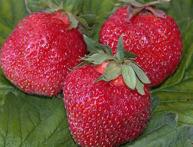

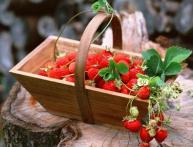
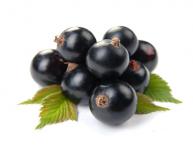
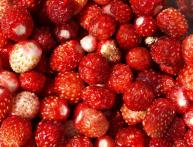
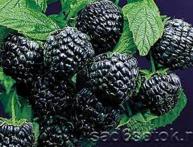
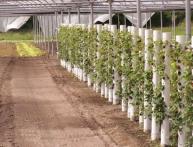
Comments
My mother and I found this wonderful variety a long time ago, but we didn’t know what it was called. After searching for information on the Internet, we put together the puzzle. The harvest is truly wonderful, the berries are large and sweet. We do not have a large plot and, in principle, it only pleases our family and neighbors. We actually water every other day, not every day. Every year we spread new manure. Only one year we had a problem, for some reason the berries were yellow-white, my mother and I still can’t understand why. Could you please answer so that we can avoid this problem in the future?
But things don’t work out for us with strawberries. No matter what variety you plant, and no matter how you care for it, for some reason small berries always grow, but they are very tasty and aromatic. Maybe it depends on the land?
A truly magnificent variety of strawberry. We have been raising Tsarina for more than five years. And with each new harvest we are more and more convinced that we were not mistaken in our choice: the yield is excellent, tasty, fragrant, and most importantly, does not require special care. We water the strawberries every morning, and during fruiting and flowering we try to do it so that as little water gets on the plant as possible. We use peat or manure as fertilizer.
We only planted this year, I don’t know what kind of harvest we can expect, but it should be enough for testing. It seems that all the rules were followed, although they did not fertilize; the soil is already quite good and fertile.